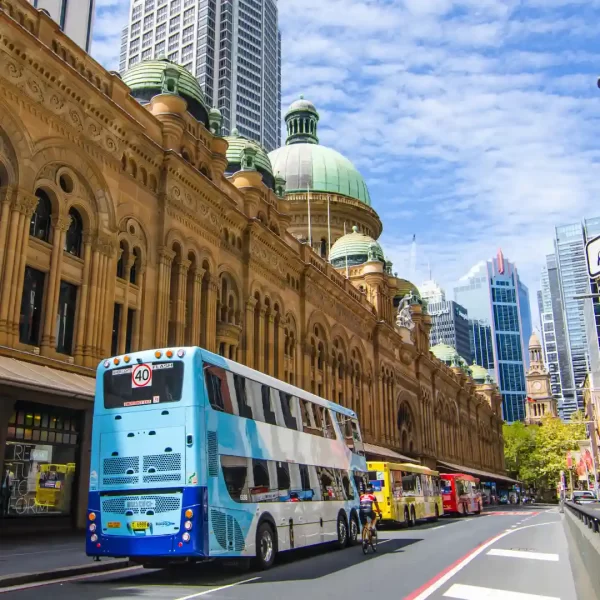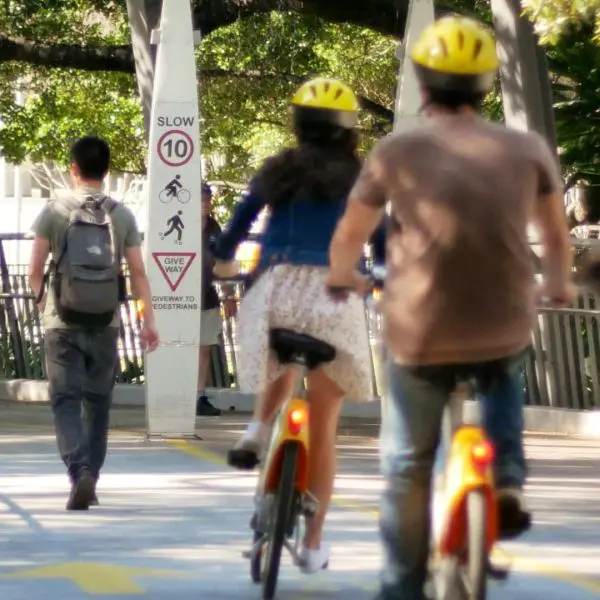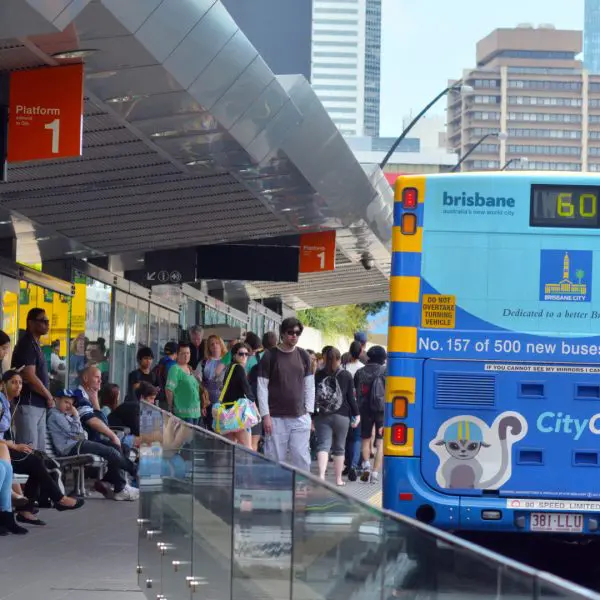
The right place at the right time – in defence of spatial model transferability
5 April 2022
Transferability lies at the heart of transport modelling. You may not have thought of it like this, but any model that has been estimated using historic base year conditions (establishing functional relationships and parameters for all modelled travel choices today) and is used to predict how these choices may change in future, essentially transfers the model in time.
This methodological approach may have been justified in the past but is increasingly challenged for example, in the 2015 PhD dissertation by James Fox on the temporal transferability of mode-destination choice models. Observed changes in travel behaviour in the early 2000’s, such as in driver licence holding among younger adults, have challenged that rigidity in time even further but temporal model transfer remains a firm foundation of travel demand forecasting. The COVID-19 pandemic has raised similar questions, for example about how working from home may affect the future number of trips generated for work, or about the longer-term attractiveness of public transport represented by mode-specific constants estimated in the past. I have written previously that modellers need to consider how the valuation of travel modes and the perceived value of time may change when the population begins to respond to the looming climate and obesity emergencies (Limited Visibility, 2019).
Surprisingly, transferring models in space is less well accepted in practice, despite there being good evidence that this is effective and defensible. The Federal Highway Administration (FHWA’s) Travel Model Improvement Program published a how-to guide as long ago as 2014 (Guide for Travel Model Transfer). Literature goes back to the early 1980’s, in the USA, Canada and the Netherlands (see for example Watson and Weston (1975), or Gunn et al, 1985). At VLC, such spatial transfers are fundamental to our approach to building efficient and well-fitting strategic transport models for most of the major conurbations in Australia. Whereas (obviously) the details of the urban structure, population build-up, land use patterns and transport systems differ between cities, the assumption is reasonable that the estimated behaviour of their inhabitants would be similar if faced with similar circumstances, and can thus be transferred. Previous work has proven this, and this spatial transfer is no different than the until now largely unquestioned transfer of this same fixed behaviour assumption in time.
I was involved in a comparable spatial transfer exercise in the UK, where the original PRISM model for the Greater Birmingham conurbation (PRISM – Modelling 21st Century Transport Policies in the West Midlands Region, 2004) was transferred to Cardiff (Fox et al, 2019), reducing the need for a large surveys programme, re-using PRISM’s demand model structure and recycling many of the data pre- and post-processing routines that had already been developed, saving time and money. VLC colleagues have successfully transferred and locally re-calibrated metropolitan models between all seven major cities in Australia. Whereas the models for Sydney, Melbourne and Brisbane were estimated from local household data, those for Adelaide and Perth were transferred from Brisbane, and those for Canberra and Hobart were from Melbourne, with minimal subsequent calibration of, for instance, time period factors or public transport penalties. It has allowed VLC to create a strategic model in less than three months whilst meeting the ATAP assignment validation guidelines in most cases.
It was the disaggregation of population into fine segments, and the modelling of individual households or persons that has enabled the successful transfer of traditional four- or five-stage models. The same granularity principle applies to the spatial transfer of even more advanced tools, such as Activity-Based Models (ABMs). Their agent-based approach makes them eminently suited for transfer of donor models to other locations. In Brisbane, we transferred an ActivitySim ABM from San Francisco, and found that the fit to local data was far better than expected. Even with such vastly different contexts, parameters appear to be transferable for many sub-models. We are now testing how different the results of the transferred ABM are compared to the traditional strategic demand model it replaces (Zill, Navidi and Inayathusein, 2021).
A donor model approach such as this has benefits. Compared to an incremental improvement approach, let alone a complete new-build, the up-front cost is low, and the value is released almost immediately. In Brisbane we have started using the model as a complementary tool to the tried and trusted existing model, allowing us to start delivering value, and progressively refine the model and build experience as we go.
We can no longer ignore questions about the validity of temporal model transferability; and this is one of the big challenges we as modellers need to address. The increased interest in and development of techniques to deal with future uncertainty, such as scenario planning, will help, as model inputs overall will become less rigidly defined (and hopefully more transparent). And on the other hand, there is no reason to resist the attraction of spatial model transferability. The concept has been proven in theory and in practice, and this reference material has existed in the published domain since the mid-eighties. The Travel Model Improvement Program (TMIP) report is an easy access independent industry resource.
To me it is simple: there are more similarities than differences in travel choices between the inhabitants of cities in, particularly, single countries like Australia or similar countries in, say, Europe. Consequently I expect that models with a stronger behavioural base, such as activity-based or agent-based models, will both demand this spatial transfer because of their data needs and ease it because of their greater level of granularity.
Gunn, R.F., M.E. Ben-Akiva, and M. Bradley (1985). Tests of the Scaling Approach to Transferring Disaggregate Travel Demand Models, Transportation Research Record 1037, 21-30. https://onlinepubs.trb.org/Onlinepubs/trr/1985/1037/1037-003.pdf (accessed 15 March 2022)
T van Vuren, A Gordon, C Rohr, A Daly, J Fox (2004). Prism – Modelling 21st Century Transport Policies in the West Midlands Region, European Transport Conference 2004
James Fox and Bhanu Patruni, RAND Europe George Bate, Mott MacDonald (2019). Spatial Transfer of Mode-Destination Models from the West Midlands to the South East Wales Regions of the UK, European Transport Conference 2019. https://aetransport.org/past-etc-papers/search-all-etc-conference-papers?abstractId=6389&state=b (accessed 15 March 2022)
Fox, James B (2015) Temporal transferability of mode-destination choice models. PhD thesis, University of Leeds, http://etheses.whiterose.ac.uk/10479/. (accessed 15 March 2022)
T van Vuren (2019) “Limited visibility: how do we model for a net zero future?” Highways, Vol 88, No 6, pp 24. https://www.highwaysmagazine.co.uk/Limited-visibility-How-do-we-model-for-a-net-zero-future/5010 (accessed 15 March 2022)
Guide for Travel Model Transfer, Travel Model Improvement Program, Federal Highway Administration, Washington DC, 2014. https://tmip.org/content/guide-travel-model-transfer (accessed 15 March 2022)
J Zill, Z Navidi and A Inayathusein (2021) “Lessons from the development and application of Activity-Based Models in Australia”. Presented at 19th Transport Practitioners Meeting (on-line). https://www.ptrc-training.co.uk/Resources/TPM (accessed 15 March 2022)


